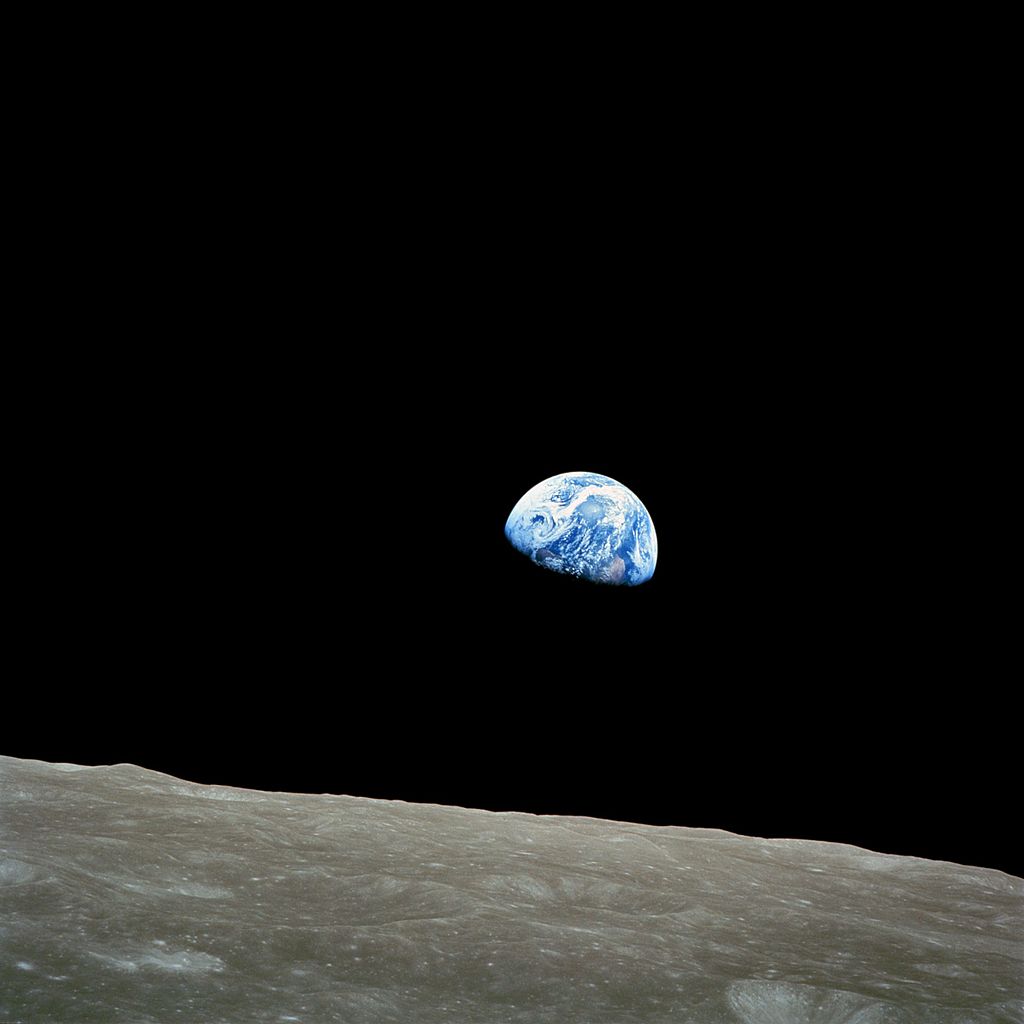The SpaceX Falcon Heavy is the most powerful rocket launched into space since the retired Space Shuttle in 2011.
It is twice as powerful as the Shuttle and is capable of lifting 64 tonnes into a low orbit of the Earth. The Soviet Energia rocket was more powerful – capable of putting 100 tonnes into orbit – but flew successfully just the once in 1988 with the 30 tonne unmanned Buran shuttle.
The increased lifting capacity of Falcon means it can launch far bigger payloads including powerful communications satellites that will bring broad band capabilities to remote communities around the Earth.
There is a simple rule of thumb in the space business that the maximum size of your spacecraft is limited to what you can fit in the rocket – bigger rocket, bigger spacecraft.
Back in May 1969, NASA’s mighty Saturn V rocket launched the Apollo 10 spacecraft; the combined weight of its command, service and lunar modules plus the upper stage of the rocket that blasted that spacecraft complex out of Earth orbit and on towards the Moon was 120 tonnes, so Falcon Heavy is still only half as powerful as that space age behemoth.

However, the next SpaceX rocket – the BFR (the Big Falcon Rocket) will be larger still and able to lift 150 tonnes into Earth orbit. This will open the door to human-rated missions to the Moon and one day to Mars.
Back in the 1960s and early 1970s while the United States was launching its Apollo rockets to the Moon the Soviet Union was attempting the same with its N1 booster.
One of the problems the Soviets faced was ensuring all 31 engines on the N1’s first stage fired successfully together. This was never achieved so Falcon Heavy’s 27 engines working simultaneously and perfectly at launch is another big deal in space exploration.

And then there was the beautiful choreography of the Falcon Heavy’s two boosters touching back down on Earth after they had done their work.
SpaceX has returned rockets before but never a pair and although the rocket’s central rocket missed its floating target in the Atlantic the reusability of the SpaceX system is being very clearly demonstrated. This means the cost of SpaceX launches will undercut its rivals making it a preferred vehicle for many satellite customers.
Then there is the car: SpaceX’s founder Elon Musk’s own Tesla Roadster.
New rocket systems are usually tested before carrying expensive satellite payloads. The remarkably successful Ariane 5’s debut was a disaster in 2003 when its European Space Agency Cluster mission was blown to smithereens at launch.
New rockets ideally launch dummy payloads, often called boilerplate spacecraft, on their inaugural missions. They are non-functional and used to test the load handling capabilities of the rocket.
Musk’s Tesla was performing this role but has achieved far more. It has provided a foreground to the astonishing live pictures (watch the video above) of Earth as its rocket looped around in orbit. It is a familiar form – what could be more recognisable than a car – juxtaposed with the serene sight of our own planet.
Fifty years ago astronaut Bill Anders badgered his Apollo 8 crew mates Frank Borman and Jim Lovell to give him a new film cassette so he could capture the appearance of Earth from behind the Moon.
Earthrise has become one of the defining images of space and while the view of the blue planet is breath-taking it is the stark foreground of the lunar surface that adds to the picture’s power; our planet seemingly small and insignificant against a looming alien presence.

Musk’s Tesla and its space suited mannequin at the wheel is a message of confidence and the everyday.
Yes, spaceflight is hard but he wants to make it less so – opening up the final frontier to new players, new companies and new passengers.
Elon Musk wants humans to reach Mars.
While his Falcon rockets and Dragon spacecraft are already servicing the International Space Station and launching the satellites of paying customers into orbit it is Mars that drives him. His company’s BFR rocket will be capable of making the journey to the red planet and one day perhaps with humans.
We shall then be treated to a new order of views and vistas from space. Will they too continue the familiarisation of the cosmos?
